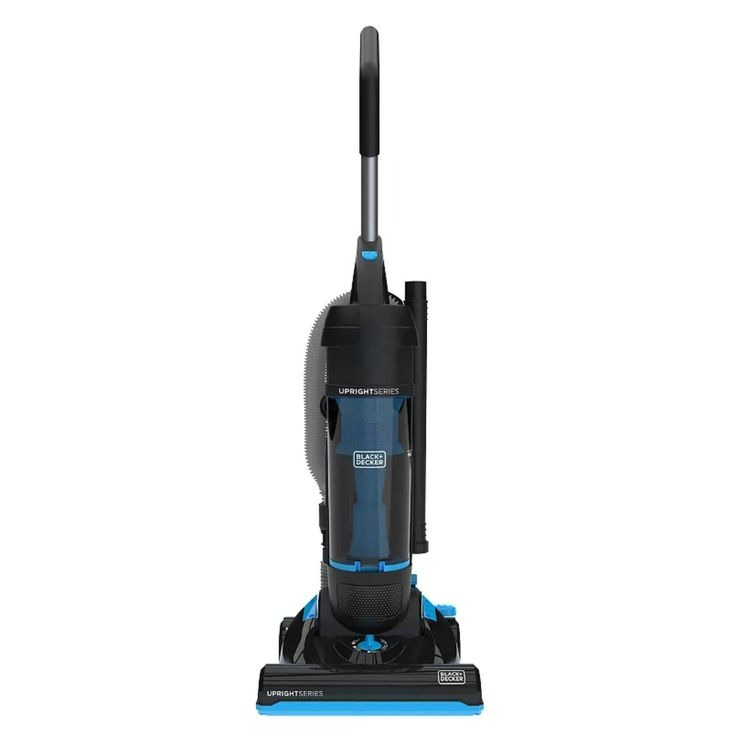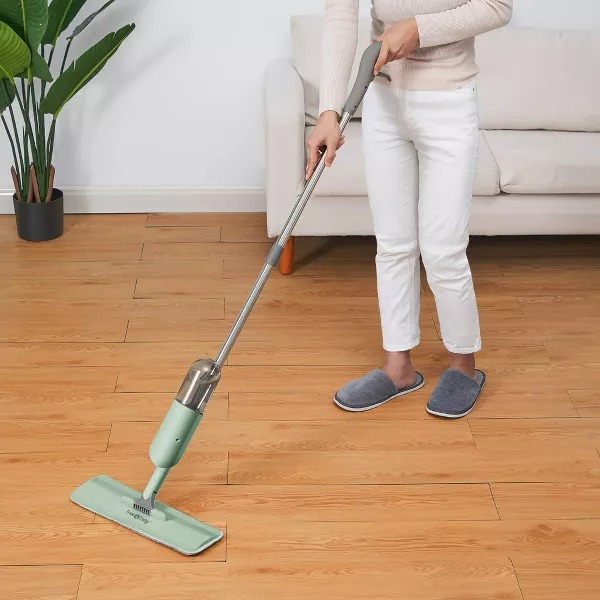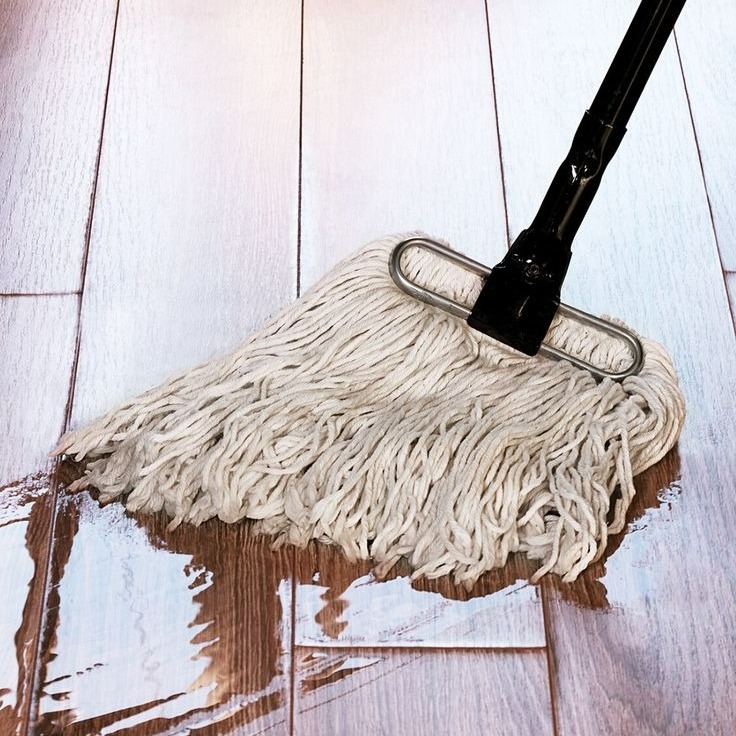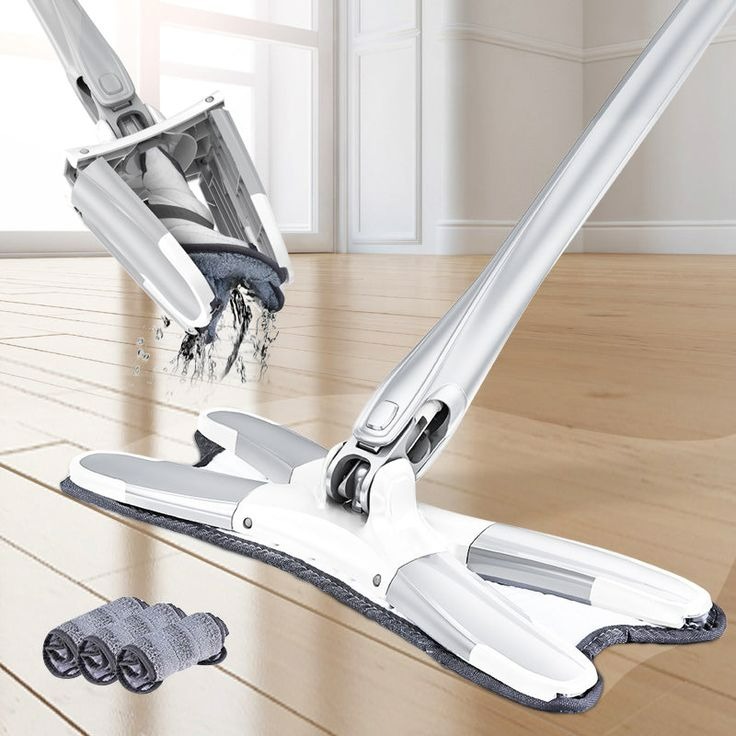Preparing Your Mop and Bucket
Before you start mopping, preparing your tools is crucial. First, select a mop that is right for your type of flooring. Next, grab a bucket that’s easy to carry and has a good wringer. Now, let’s prepare them step by step.
- Clean Your Mop: Ensure your mop is clean before use. Dirt or debris left on the mop can scratch your floor.
- Fill the Bucket: Fill your bucket with warm water. Hot water can help dissolve grime faster.
- Add Cleaner: Pour in the recommended amount of floor cleaner. Use the cap or a measuring cup for precision.
- Swirl Gently: Swirl the mop in the solution to mix it without creating too many suds.
- Wring the Mop: Wring out your mop to avoid excess water. Too much water on floors can cause damage.
By following these simple steps, you can ensure your mop and bucket are ready for effective floor cleaning.

Selecting the Right Mop for Your Floor Type
Choosing the correct mop for your floor is essential for effective cleaning. Different floor types require different mop materials to prevent damage and ensure cleanliness. Here’s a quick guide on how to select the right mop for different kinds of flooring.
- For Hardwood Floors: Opt for a flat-headed microfiber mop. It’s gentle and won’t scratch the surface.
- For Tile and Stone Floors: A string mop can reach into grout lines and texture for a deeper clean.
- For Vinyl and Laminate: Microfiber or sponge mops work well for these surfaces, but avoid excessive water.
- For Concrete Floors: Go with a string mop with higher absorbency to tackle tough grime.
Remember, using the right mop enhances how to mop a floor effectively, avoiding damage and ensuring a thorough clean. Mop heads vary in absorbency and texture, which can significantly impact the cleaning process. Choose wisely to keep your floors looking their best.
The Art of Mixing Cleaning Solutions
The proper mix of cleaning solutions is crucial for efficient mopping. It lifts dirt and gives floors a fresh smell. Here’s how to do it right:
- Read Labels: Always check the cleaning solution label. It gives you the right proportions for mixing.
- Test Small Area: Before mopping the whole floor, test the solution on a small, inconspicuous area.
- Use Warm Water: Warm water works best to dissolve the cleaner. It also increases its effectiveness.
- Avoid Mixing Chemicals: Never mix different cleaners. This avoids harmful reactions.
- Dilute Properly: Too strong a solution can damage floors. Too weak, and it won’t clean effectively.
Mixing your cleaning solutions with care is a vital part of learning how to mop a floor. It ensures safety and cleanliness, leading to shinier and well-maintained floors.
Step-by-Step Guide to Mopping Floors
A clean and systematic approach to mopping can make all the difference. Here’s a simple guide on how to mop a floor efficiently.
- Start with Corners: Begin in the corner of the room farthest from the door. This prevents you from walking on wet floors.
- Mop in Sections: Divide the room into sections and mop each one completely before moving to the next. It ensures even cleaning.
- Use ‘S’ Pattern: Mop in an ‘S’ pattern to efficiently cover the area without redistributing dirt. It’s effective and saves time.
- Change Water as Needed: If the water becomes dirty, replace it. Clean water means less streaking on your floors.
- Don’t Soak the Floor: Use a well-wrung mop to prevent water damage. Floors should only be slightly damp after mopping.
- Overlap Strokes: Overlap each stroke slightly to avoid missing spots. It helps cover every inch of the floor.
- Edge Cleaning: Don’t forget the edges and baseboards. Dirt often accumulates here.
By following these steps, you’ll achieve cleaner floors and better overall results. Remember, consistency in your technique is key for how to mop a floor correctly and with less effort.

Moping Techniques for Stubborn Stains
When it comes to dealing with stubborn stains, having the right mopping techniques is key. Here’s what you can do to tackle those tough spots:
- Pre-treat Stains: Before mopping, apply a small amount of cleaner directly to the stain. Let it sit for a few minutes.
- Use a Scrub Brush: Sometimes a mop won’t cut it. Use a scrub brush to work the cleaner into the stain.
- Apply Pressure: For ground-in dirt, apply downward pressure while scrubbing. This helps to lift the stain.
- Rinse Thoroughly: After scrubbing, thoroughly rinse the area. Make sure no cleaning residue remains.
- Repeat if Necessary: Some stains need a second or third treatment. Don’t hesitate to repeat the process.
Remember that different stains might require specific cleaners. Match your cleaner to the type of stain, such as using a degreaser for oil-based stains. Always test a small area first to ensure the cleaner won’t damage your floor. With patience and the right approach, you can remove even the most stubborn stains while mopping.
Rinsing and Drying Floors Effectively
After you mop your floor, it’s important to rinse and dry it properly. Doing this prevents streaks and helps maintain the floor’s appearance. Here’s a step-by-step guide on effective floor rinsing and drying.
- Use Clean Water: Always rinse the floor with clean, warm water. It helps to remove any leftover cleaner.
- Change Rinse Water Regularly: If the water gets dirty, change it out. You want to avoid spreading the dirt back onto the floor.
- Dry With a Clean Towel or Mop: After rinsing, use a clean towel or dry mop to absorb excess water. This step is crucial in how to mop a floor correctly.
- Work in Sections: Like mopping, rinse and dry in small sections. This ensures you don’t miss any spots.
- Ventilate the Room: Open windows or use fans to speed up the drying process. Good airflow is key.
- Check for Dampness: Ensure the floor is completely dry before walking on it. This avoids footprints and potential slips.
By following these tips on how to mop a floor by effectively rinsing and drying, you can achieve spotless floors after every mop. Remember, the drier the floor, the less chance for slips and falls, making it safer for everyone. Keep these steps in mind during each cleaning session for the best results.

Maintaining a Clean Mop and Storage Tips
Maintaining a clean mop is as important as the mopping process itself. Here are some tips to keep your mop in great condition.
- Rinse After Use: Always rinse your mop with clean water after mopping. This stops dirt build-up.
- Drying: Hang the mop head up to air dry completely before storing. Wet mops can breed bacteria.
- Deep Clean Occasionally: Soak the mop head in a cleaning solution every few weeks to deep clean it.
- Replace Mop Heads: Mop heads don’t last forever. Replace them regularly to maintain cleaning efficiency.
Proper storage of your mop prevents mildew and extends its life.
- Store Upright: Store your mop upright in a cool, dry place. This keeps the mop head’s shape.
- Use Hooks or Holds: Wall-mounted hooks or holders can prevent the mop from touching the ground.
- Keep It Separate: Store your mop away from other cleaning tools to avoid cross-contamination.
By keeping your mop clean and stored properly, you’ll make each mopping session more effective. Remember to include these steps in your routine for how to mop a floor.
Frequency of Mopping for Different Floor Types
Knowing how often to mop is crucial for keeping floors in top shape. Different types of flooring call for different mopping schedules. Here’s a simple guide to help you understand the frequency required for various floorings.
- Hardwood Floors: Mop these once a week. Use a damp (not wet) mop to avoid water damage.
- Tile and Stone Floors: Mop weekly. These materials can handle a bit more water.
- Vinyl and Laminate Floors: A bi-weekly mopping is enough. Excessive water can cause swelling.
- Concrete Floors: These floors are durable, so mop weekly or as needed for heavy dirt.
Remember, high-traffic areas might need more frequent mopping. Entryways and kitchens often require extra attention. Always mop up spills immediately to prevent stains and damage. Stay consistent with your mopping routine to have clean and attractive floors around the clock.
